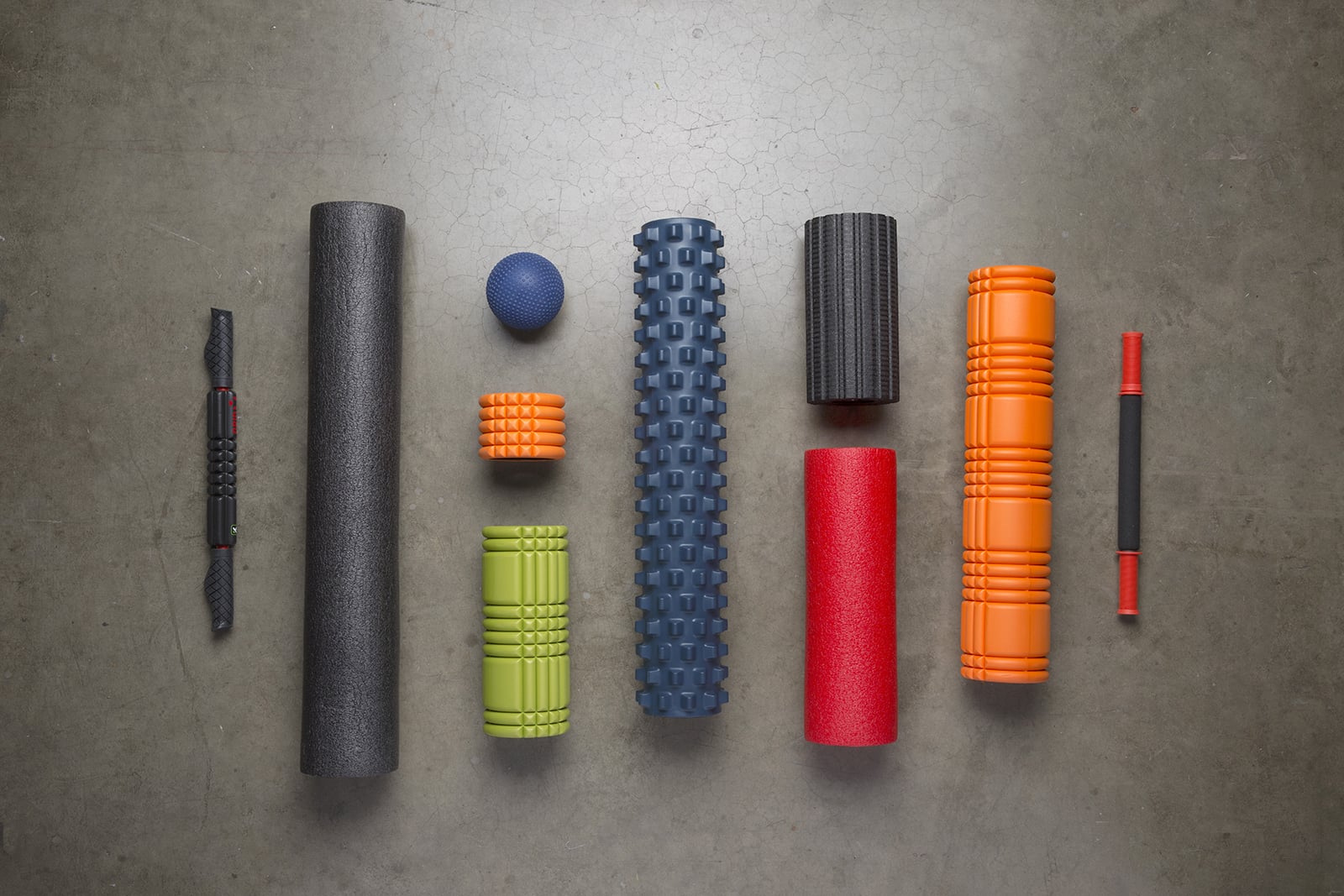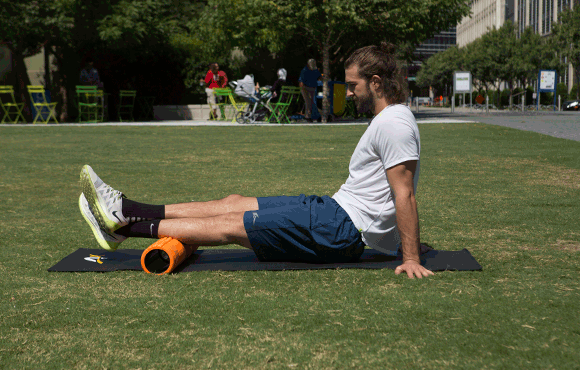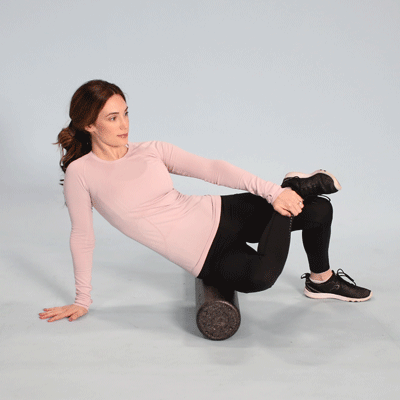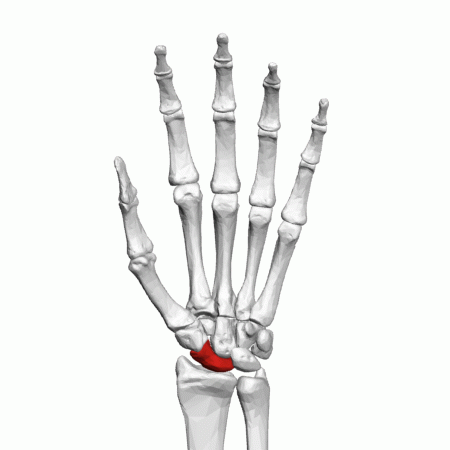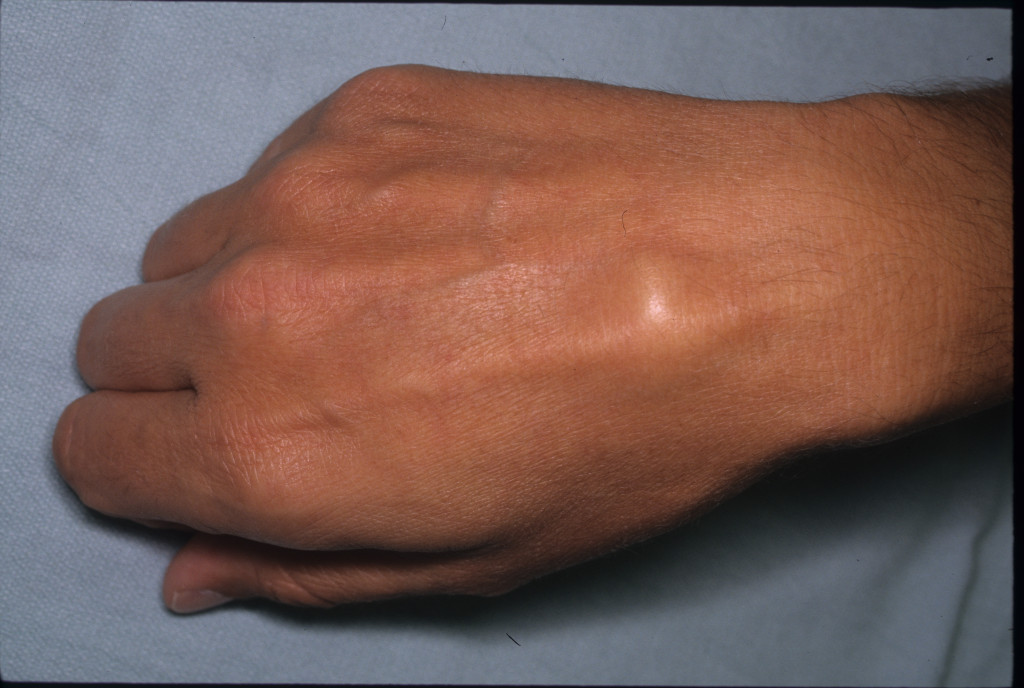Five Simple Steps to Improve Your Health
#1
Staying Active: An active lifestyle doesn’t mean you have to go to the gym for multiple hours a day, every single day. Adding a walk outside for 20-30 minutes or doing some light yard work or house cleaning will help you burn extra calories throughout the day and elevate your heart rate.
#2
Eating: Many factors play into healthier eating habits but balance and portion size are key. You can still enjoy a cheat meal or dessert once in a while, but do not make it a habit every day. Simple choices such as having 1 cookie instead of 4 or enjoying that cookie with a salad prior will help improve your health. Also, when planning your meals, make sure you are having a balanced diet with appropriate portion sizes of proteins, carbohydrates, fruits and vegetables, and healthy fats.
#3
Resting/Sleeping: You often hear that you should be achieving 6-8 hours of sleep, which is true. Setting a bedtime routine is important for good sleeping habits. Activities such as reading, setting aside time to meditate, and/or reducing screen time before going to sleep help your body naturally promote a relaxed state. This will allow you to wake up feeling refreshed and energized.
#4
Drinking water: You have probably heard plenty of times that drinking water is important… and it is! Over half of your body is made up of water, and it is vital to stay hydrated so that all of your organs function properly. Also, there are no calories in consuming water, which is much better than sugary sodas and juices. Staying hydrated will also help decrease food cravings and hunger between meals.
#5
Mental Health: Mental health is a major discussion topic these days and is very important to your health and well being. One way to improve your mental health is to practice gratitude. Starting off the day by naming 3 things you are thankful for can improve your mood for the rest of the day. Additionally, setting aside time for self reflection or meditation can help reduce stress and anxiety, especially during the difficult times we live in.



